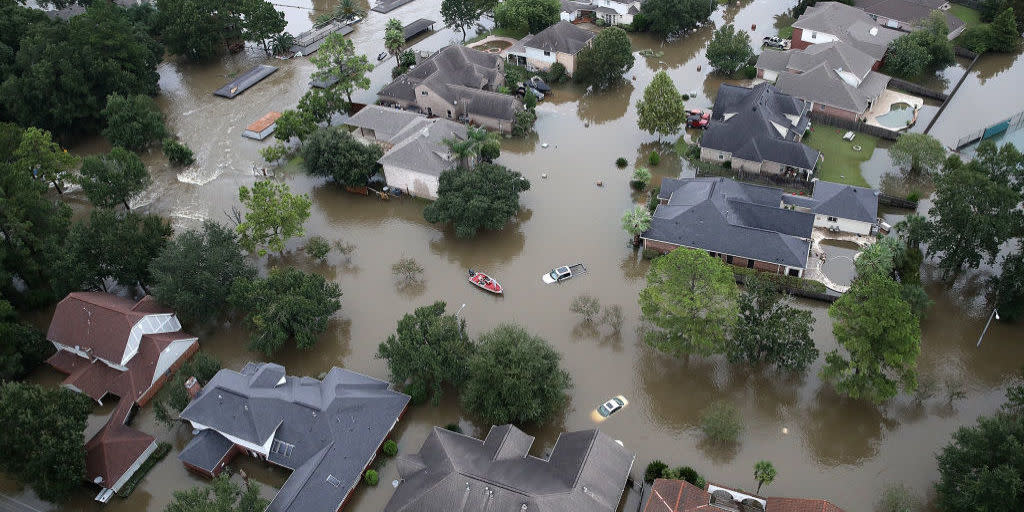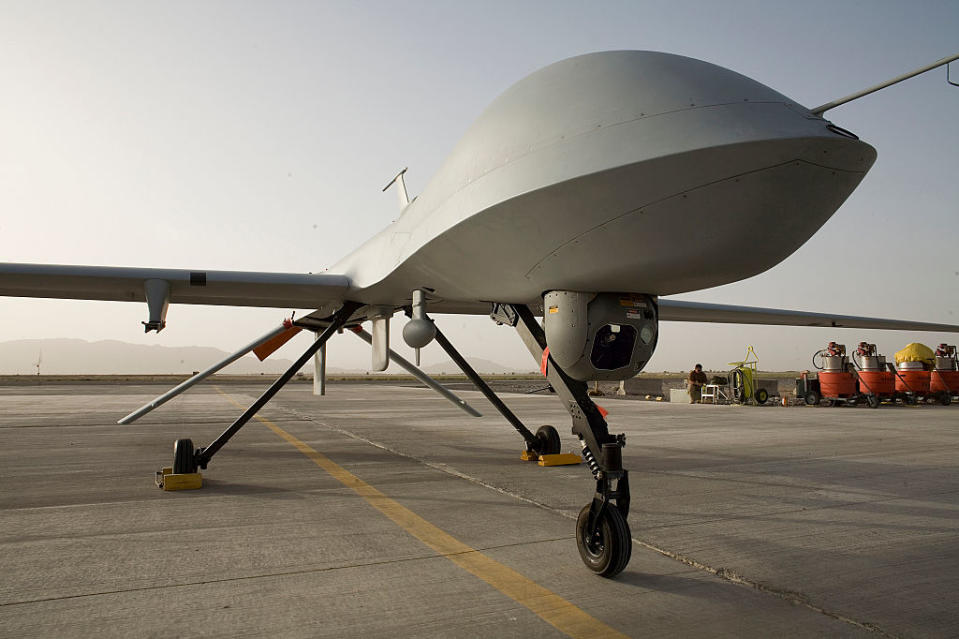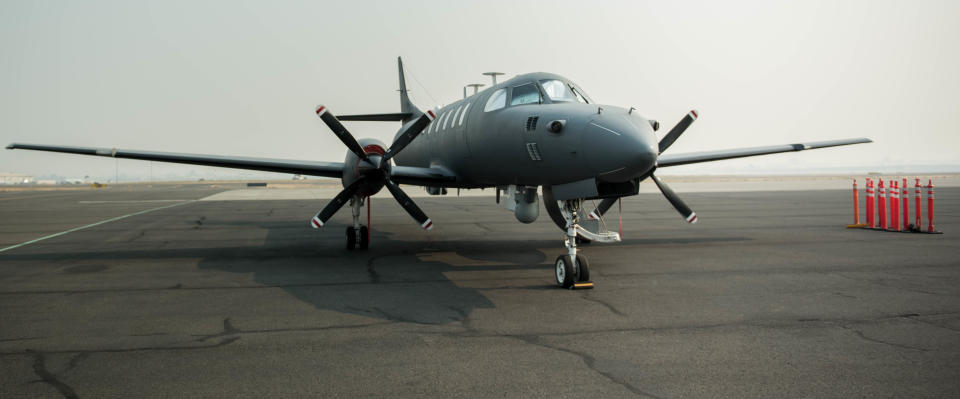The Air National Guard Is Using Drones to Monitor Hurricane Damage

The Air National Guard is using drones that are normally tasked for combat operations to perform aerial surveys of areas hit by Hurricanes Harvey and Irma. The drones allow the Guard to assess disaster-stricken areas quickly and decide which are the most in need of assistance.
Air Force Lt. Gen Scott Rice, director of the Air National Guard, told Military.com the Air Guard is using MQ-1 Predator and MQ-9 Reaper drones to patrol parts of Texas affected by Hurricane Harvey, and will also use the aircraft over Florida after Hurricane Irma has passed. The Guard is also using RC-26 intelligence, surveillance, and reconnaissance aircraft often used in counternarcotics operations.

The aircraft, manned and unmanned, are being used for their ability to observe hurricane damage on the ground below. The MQ-1 Predator is equipped with the Raytheon AN/AAS-52 Multi-spectral Targeting System in a nose-mounted turret. The newer MQ-9 Reaper comes equipped with the Raytheon AN/DAS-1 Multi-spectral Targeting System (MTS-B), which includes an infrared sensor, a color/monochrome daylight TV camera, and an image-intensified TV camera. It also includes a communications relay, making the Reaper useful in places where ground-based relays have been knocked out.
The RC-26B manned aircraft, based on the Fairchild C-26 Metroliner, has a similar suite of electro-optic sensors, including a 100x zoom spotter scope that it typically uses to conduct active surveillance of drug dealers, including observing drug transactions, following vehicles, and providing an eye-in-the-sky during drug busts. There are eleven RC-26 airplanes in the Air Guard's inventory.

While the deployment of warplanes with targeting systems pointed at U.S. territory (and U.S. citizens) sounds ominous, the surveillance packages on these drones allow the the drone operator to zoom in on objects of interest on the ground, day or night, and relay the information to the authorities. Flying above directed areas, drones can get to places other rescue vehicles cannot. For example, a drone could spot people sheltering on their rooftops in areas not accessible by police car or ambulance, or inspect impacted dams and levees for signs of structural damage.
Interestingly, the Air Guard's surveillance fleet is just taking still images and not recording video of events unfolding on the ground. According to General Rice, drones "are taking snapshots of the scene below as they're airborne, not watching singular events occurring in flooded or damaged areas." That's likely for legal reasons, as warrantless surveillance from the air is a notoriously contentious issue.
You Might Also Like

